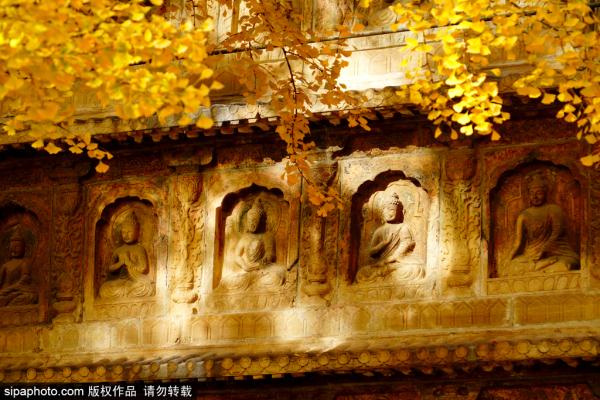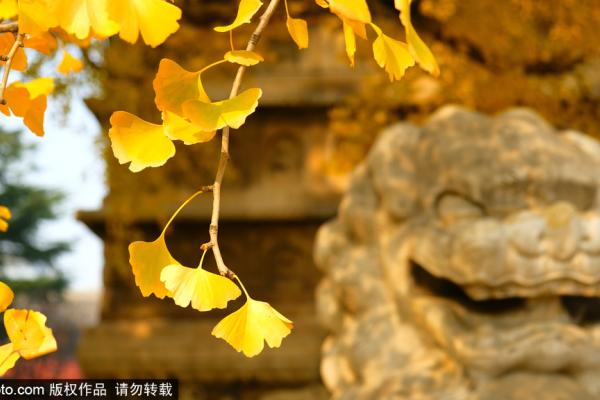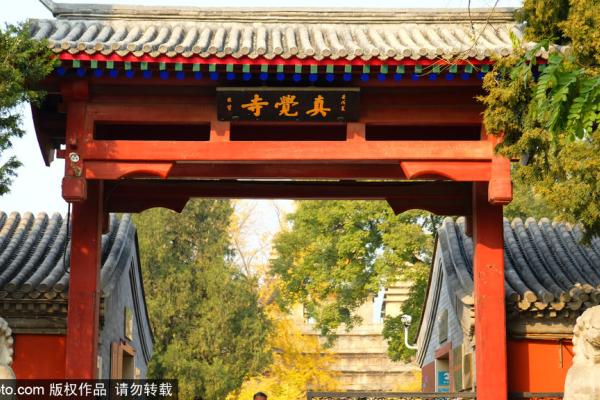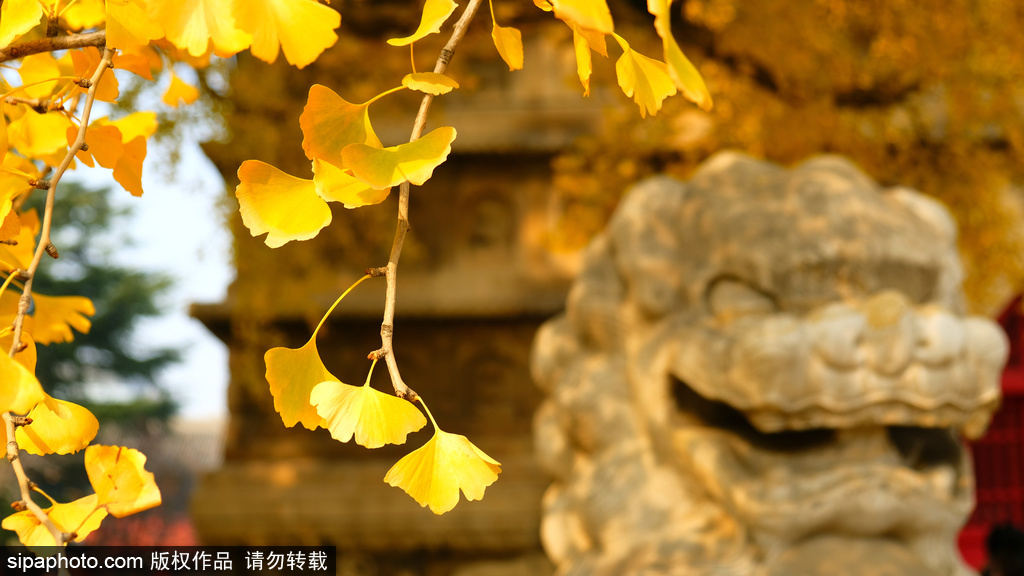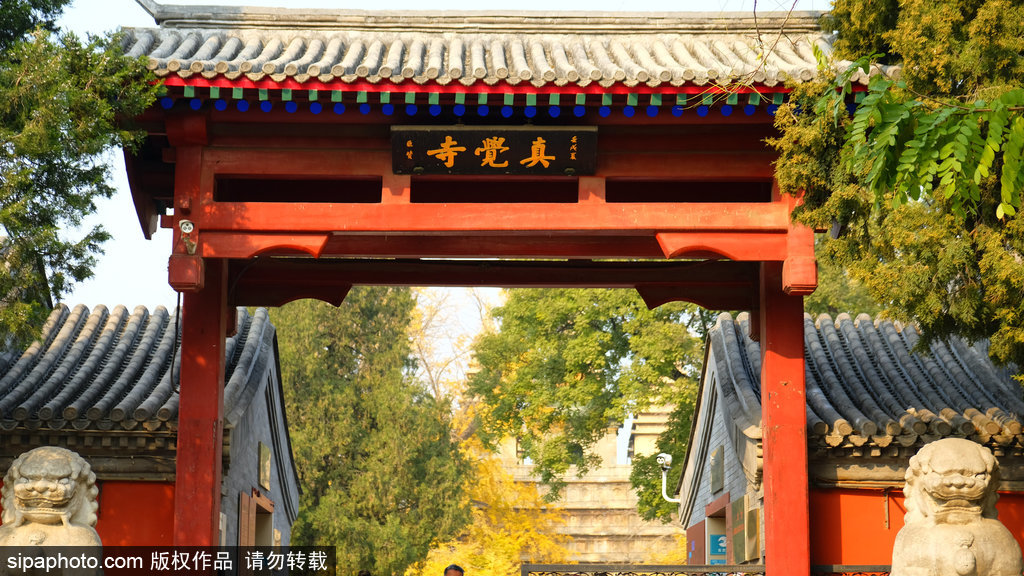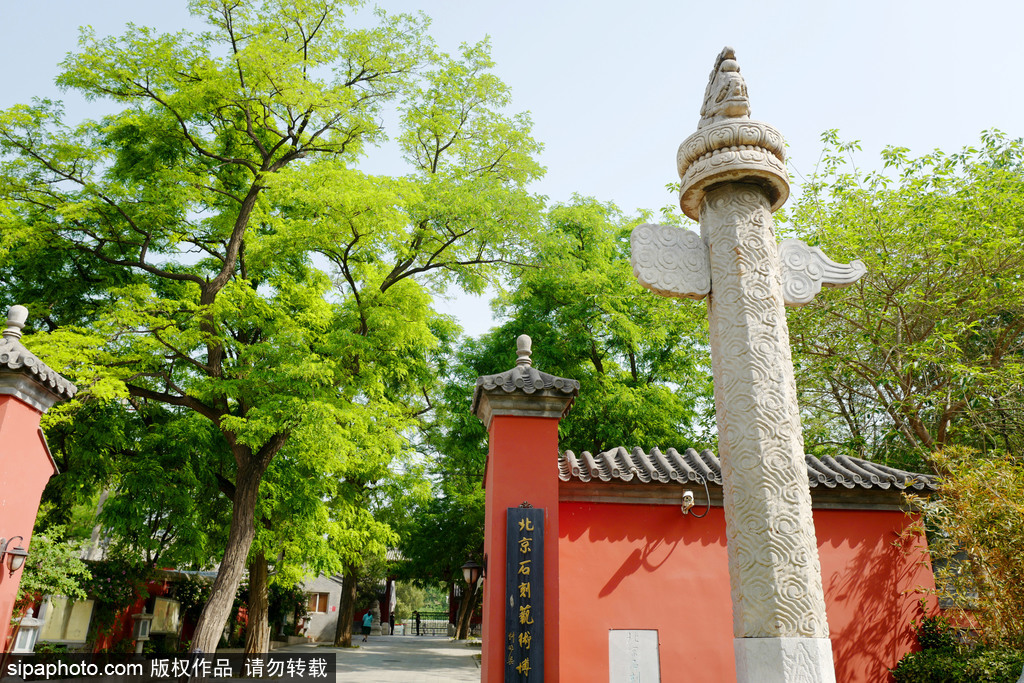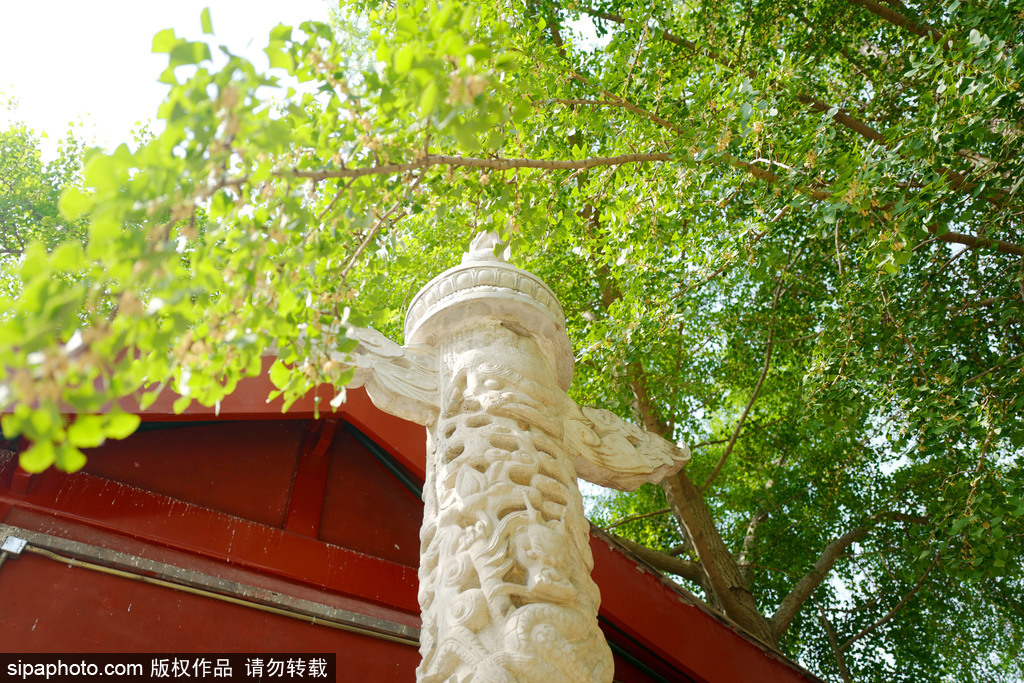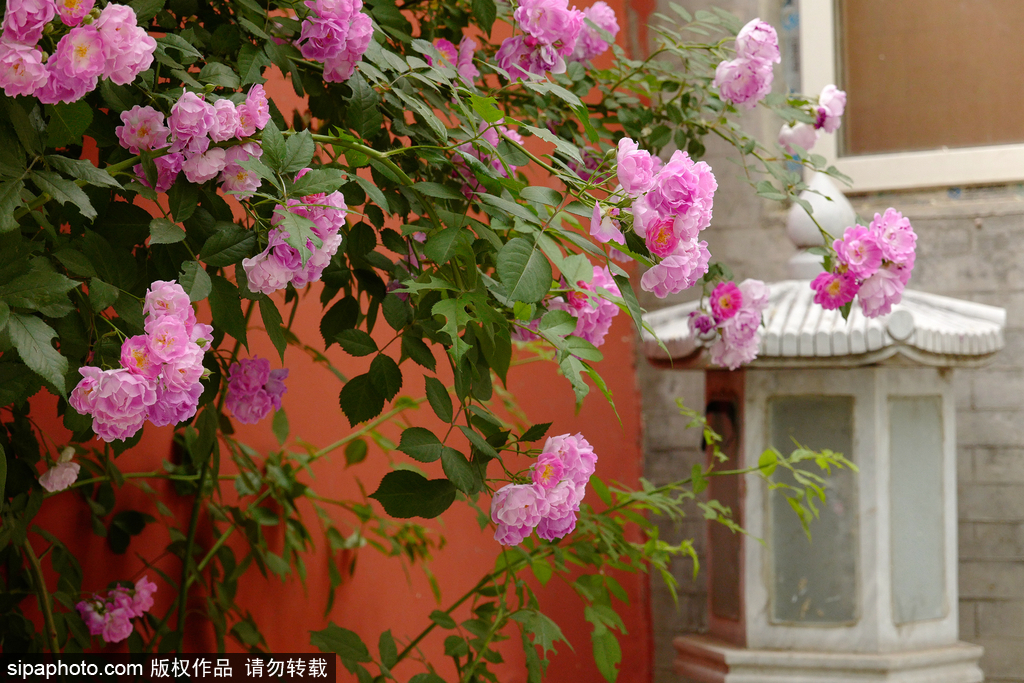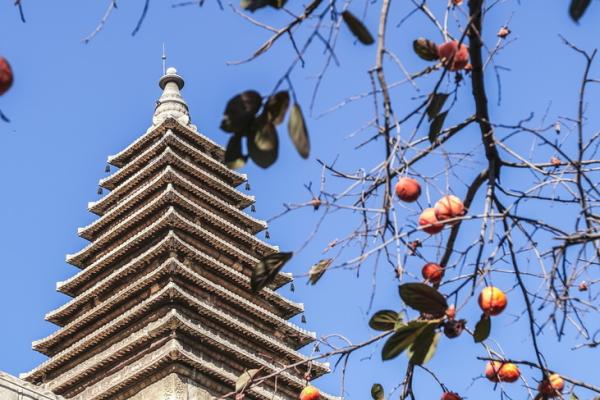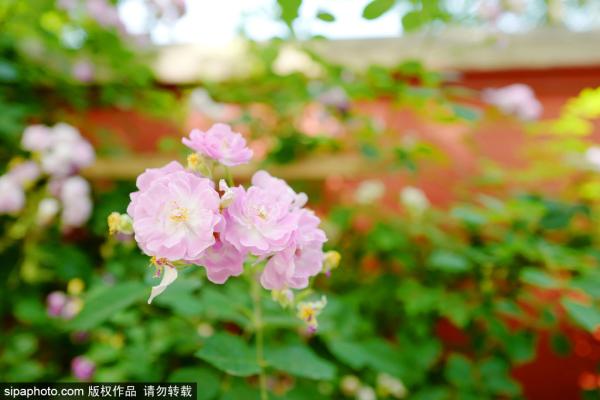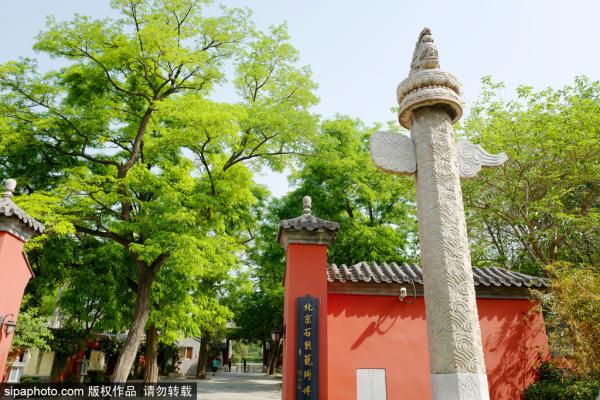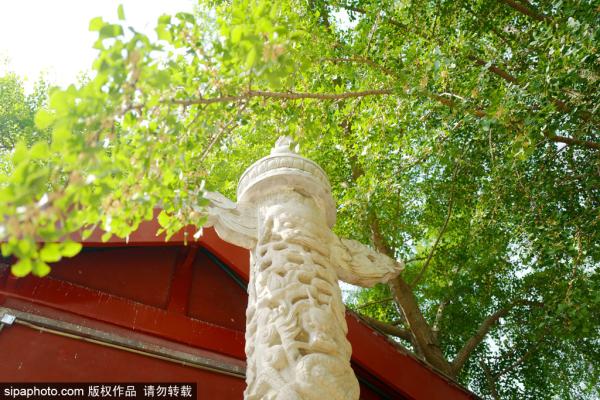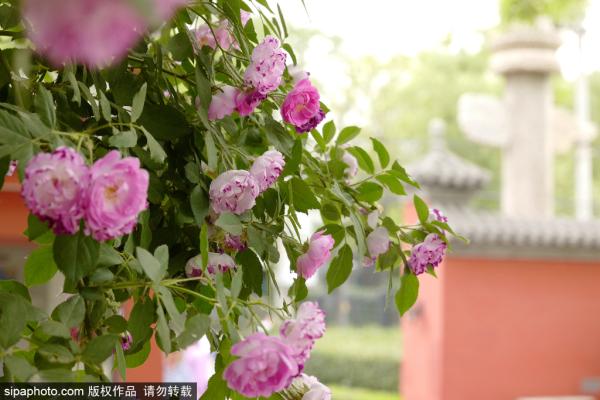Wuta Temple (五塔寺)
The remaining five square pagodas are also the reason why Zhenjue Temple is commonly known as the "Five Pagoda Temple".
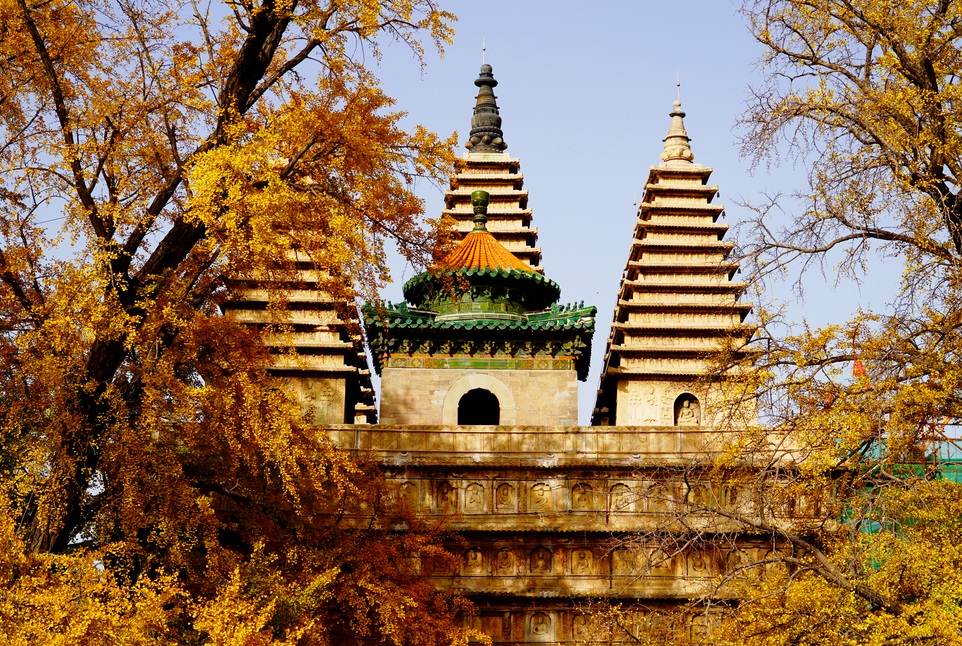
-
Tel:
010-62173543 -
Best Time to Visit:
early November -
Duration:
2.5 hours -
Admission:
20 RMB, free on Wednesdays (tickets should be booked in advance on the official account of the Stone Carving Art Museum) 20 RMB, free on Wednesdays (tickets should be booked in advance on the official account of the Stone Carving Art Museum) -
Opening Hours:
9:00-17:00, closed on Monday
Description
Wuta Temple (五塔寺)
Wuta Temple was built in the ninth year of Chenghua Ming Dynasty (1473), known as Zhenjue Temple. Qianlong 26 years (1761) overhaul, in order to avoid taboo, renamed Dazhengjue Temple. Because the temple has a pagoda, it is commonly known as the Wuta temple.
After the destruction of the Wuta Temple at the end of the Qing Dynasty, only the King Kong Pagoda in the temple remains. King Kong Throne Tower is the earliest and most beautiful of the existing King Kong Throne Tower in China. The...
Wuta Temple (五塔寺)
Wuta Temple was built in the ninth year of Chenghua Ming Dynasty (1473), known as Zhenjue Temple. Qianlong 26 years (1761) overhaul, in order to avoid taboo, renamed Dazhengjue Temple. Because the temple has a pagoda, it is commonly known as the Wuta temple.
After the destruction of the Wuta Temple at the end of the Qing Dynasty, only the King Kong Pagoda in the temple remains. King Kong Throne Tower is the earliest and most beautiful of the existing King Kong Throne Tower in China. The north of the brick, with all the appearance of bluish white stone package. Under the tower is the base of Xumizuo, the base is carved around Sanskrit and Buddha, Dharma ornaments, and the throne of King Kong is on the base.
The ginkgo of Wuta Temple has the most autumn flavor. In front of the pagoda there are two 600-year-old ancient ginkgo, golden leaves set off the pagoda is more charming. Ginkgo trees are thick with lush fruit. When the autumn wind suddenly rises, everywhere is golden.
